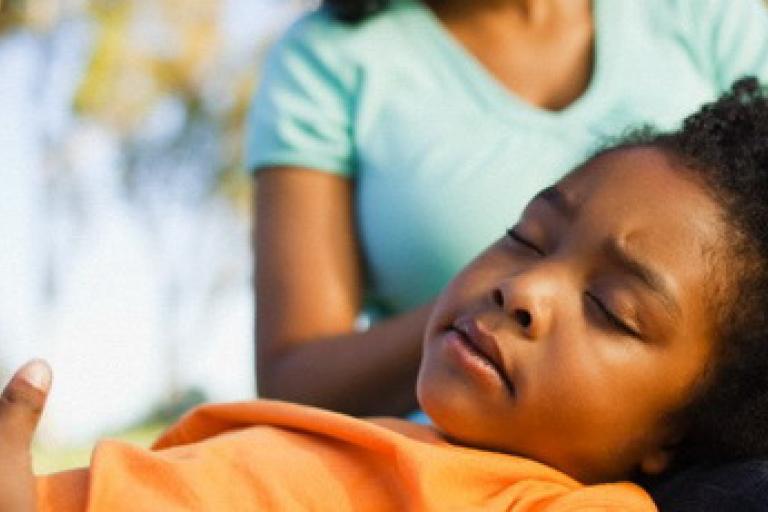
PANS (Pediatric Acute-Onset Neuropsychiatric Syndrome) change in definition from PANDAS
The majority of OCD cases develop slowly over months and years though the symptoms can get worese or impair functioning in what eppears to be a sudden worsening. However, about a third of all children with Obsessive-Compulsive Disorder (OCD) may have their episode triggered by an autoimmune reaction to strep or other infections and there is a rapid, sudden and severe onset. Typically parents know the exact day when their child seemed to change personality and disappear, locked in a spiral of rituals, fears and doubts along with other symptoms described below.
In early work strep throat antibodies seemed to be the primary trigger of PANS type of OCD, but it may not be the only trigger. Sudden onset OCD could be triggered by other diseases, including Lyme, Mono, Mycoplasma and the flu virus (such as H1N1). Based on this and other clinical reports, the panel modified the research definition of PANDAS to PANS. Be clear that the majority of children with OCD symptoms who have these illnesses do not have PANS but the more standard OCD. And most children with these illnessed never develop PANS
Help for PANS is available.. For more info click here: https://iocdf.org/pandas/
And also here:
http://pandasnetwork.org/
http://www.nepandasparents.com/
Red flags
The biggest difference between regular OCD and PANS OCD is the sudden onset. OCD usually develops slowly over weeks, months or even years; however, PANS OCD seems to come out of the blue with parents saying one day their child woke up a different kid. There are also other symptoms that help differentiate the 2 types of OCD. PANDAS OCD is also characterized by:
- Choreiform movements: involuntary or irregular writhing movements of the legs, arm or face
- Presence of tics and/or hyperactivity
- Irritability, temper tantrums, or mood lability
- Nighttime difficulties
- Severe nightmares and new bedtime rituals or fears
- Separation anxiety
- Age regression: going back to younger developmental stage
- New handwriting problems, loss of math skills, sensory sensitivities
What to do if you suspect your child has PANS
- Contact your pediatrician. Advocate for your child by being clear about what you want your doctor to do. In some cases, you may have to find a sympathetic doctor who is willing to learn about PANS. For a list of providers who are knowledgeable see http://www.savingsammy.net/providers.php
- For a list of assessment recommendations for your doctor see https://iocdf.org/pandas/. You may want to print out this article to bring with you
- Contact the OC Foundation to help locate an expert in OCD in your area.
- Have your child retested if there is a resurgence in OCD symptoms.
Treatment focus:
The first line of treatment for PANS is antibiotics to cure the strep infection or medical intervention if needed for other illnesses. Sometimes repeated antibiotics may be necessary. Occasionally more invasive procedures are needed to remove the antibodies from the blood stream, these are described in detail at the NIMH PANS page. Though a child's OCD symptoms will reduce dramatically within a few weeks of completing antibiotic treatment, the residual symptoms are typically amenable to exposure and ritual prevention techniques (ERP that are used for non-PANS OCD described in other articles on this website.














